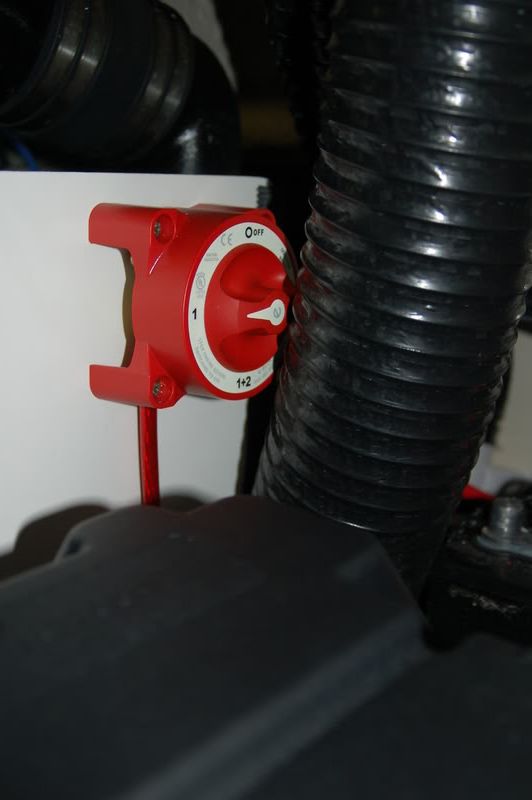As most of you know when we did the stero upgrade they added a second battery with a battery switch. The positions are 1, off, 2, 1+2. I just want to make sure I understand what I need to be doing (make sure I am doing this correctly). I have not been turning to off, however I have not been leaving on 1+2 (I heard that would cause them to drain) when parked int he garage. What I had planned on doing is rotating every other trip with using 1 or 2 setting. Should I be using 1+2 so that both batteries are charging while using the boat and when we stop to listen to music switch to 1 or 2? Now I think I am confussing myself.... :huh: what is the correct way to use this switch...:smt100


Last edited:





